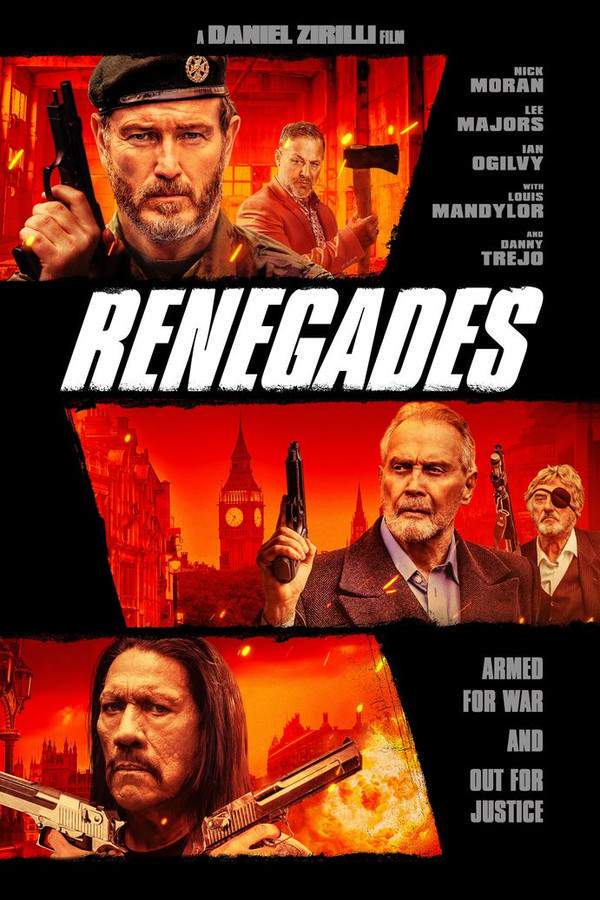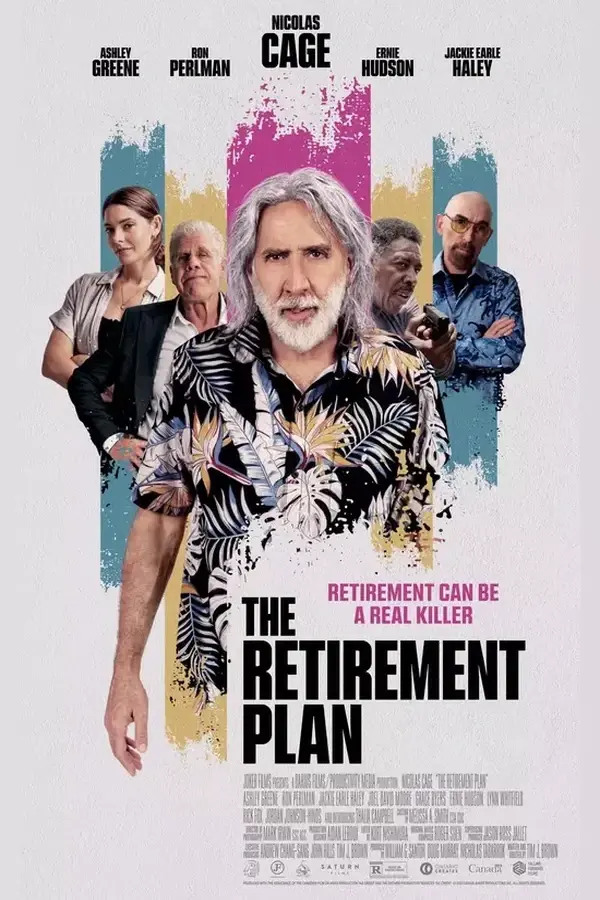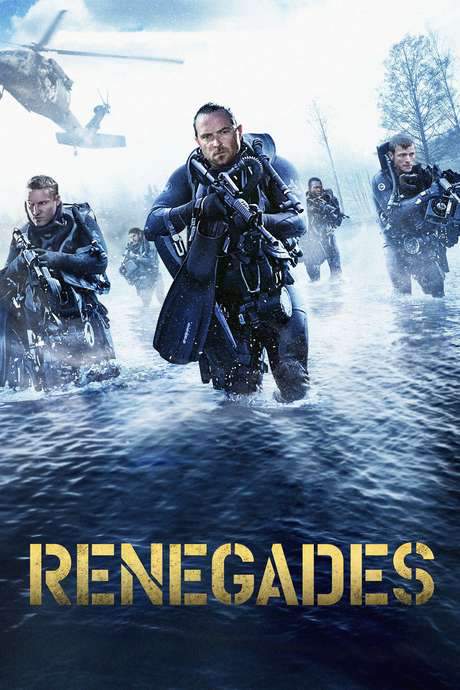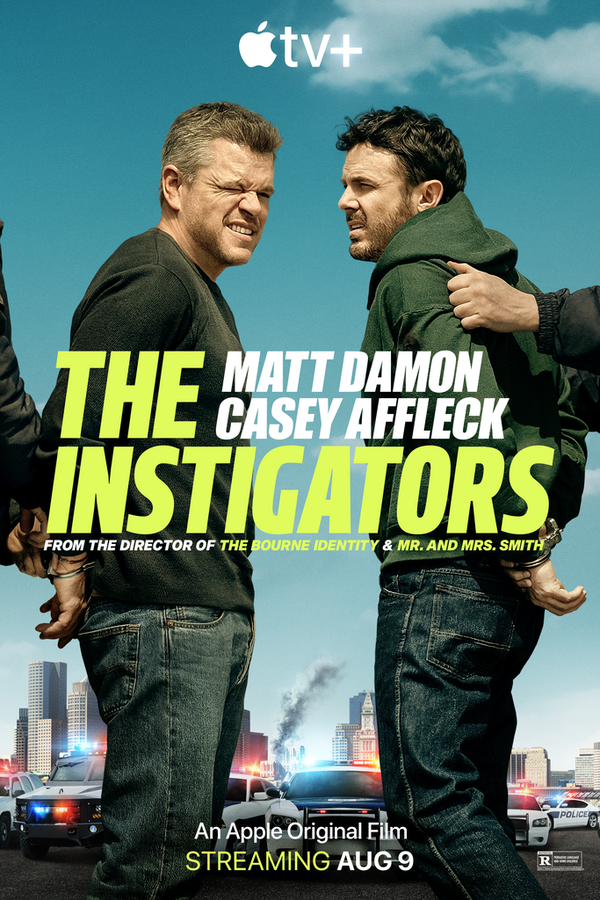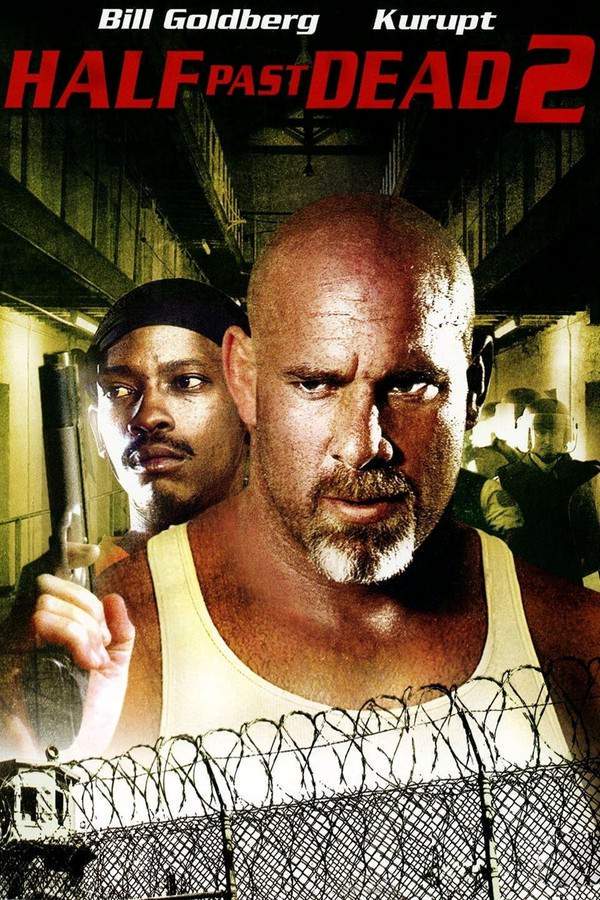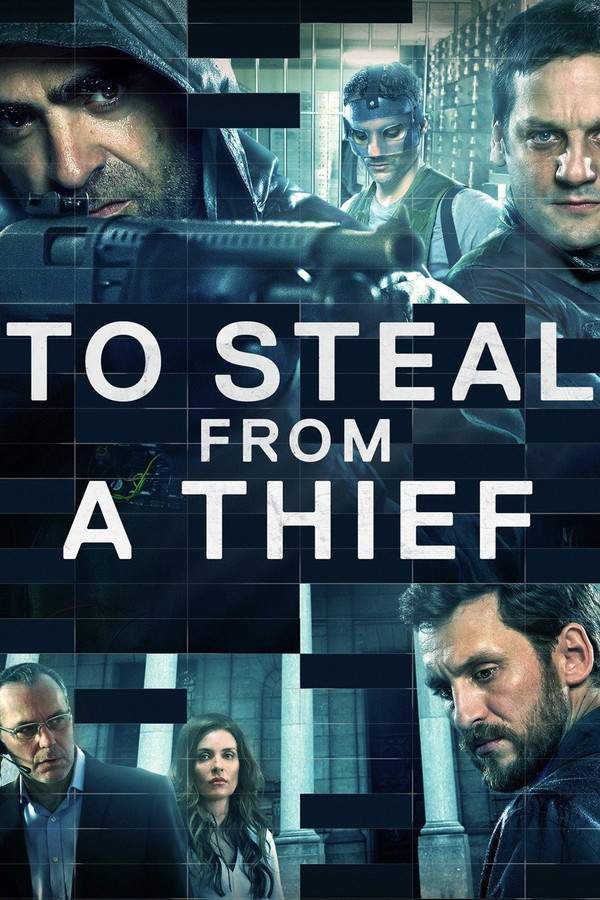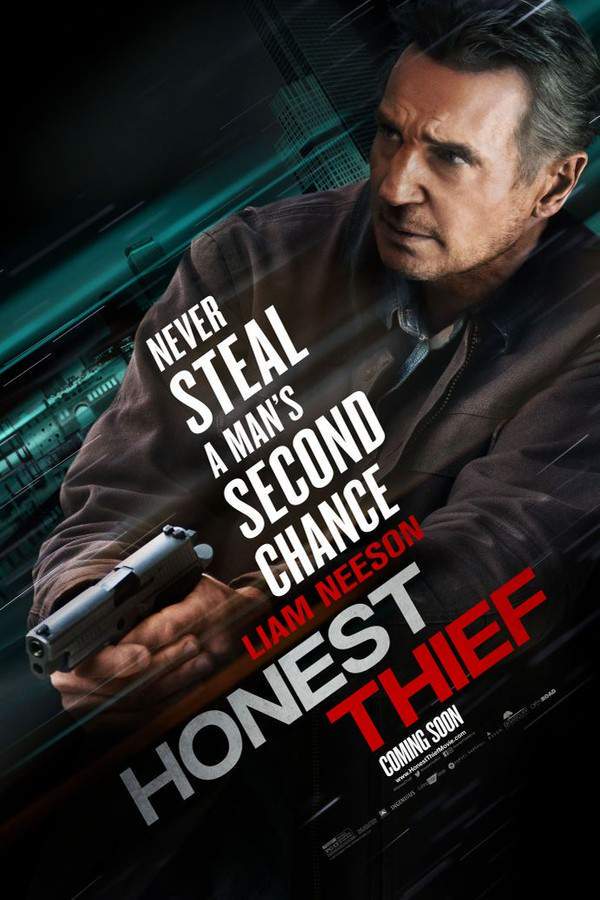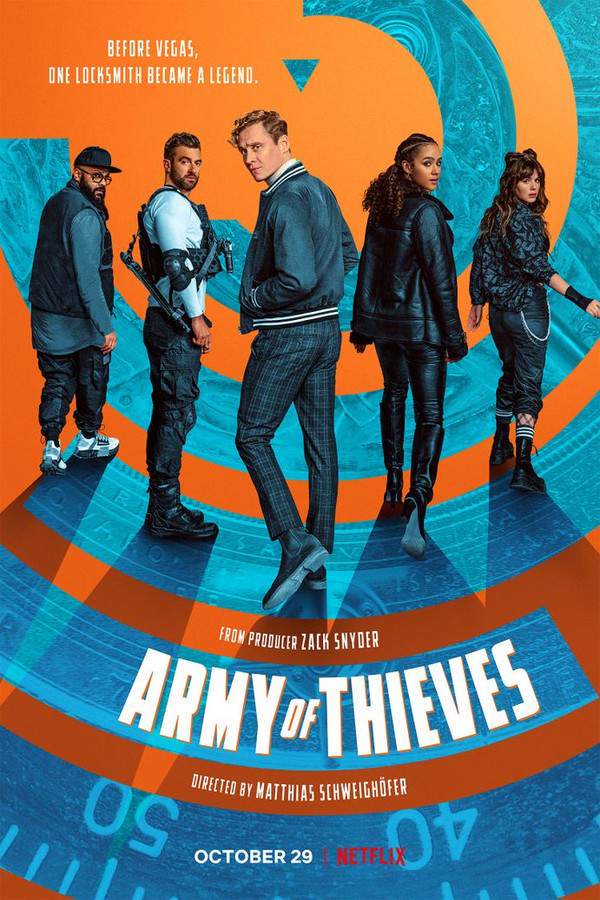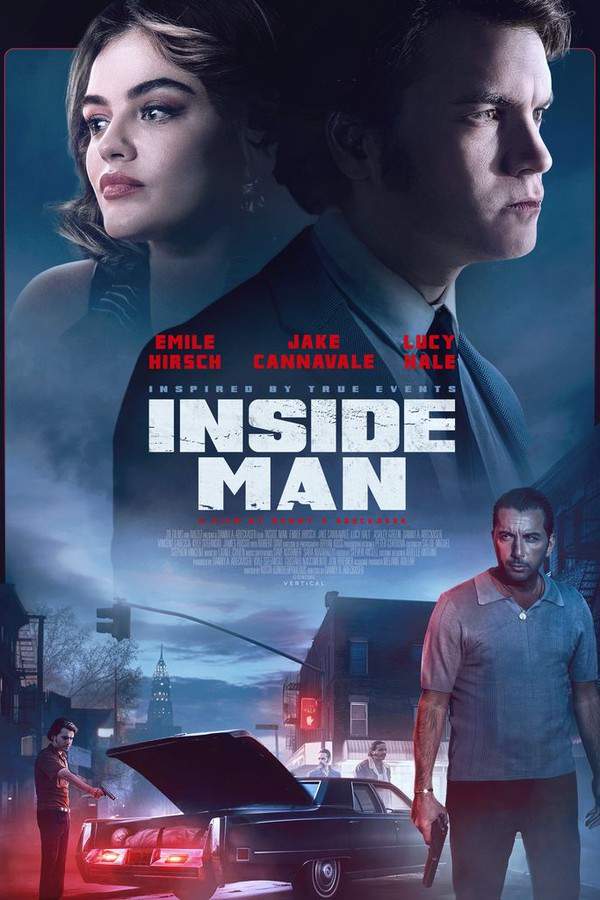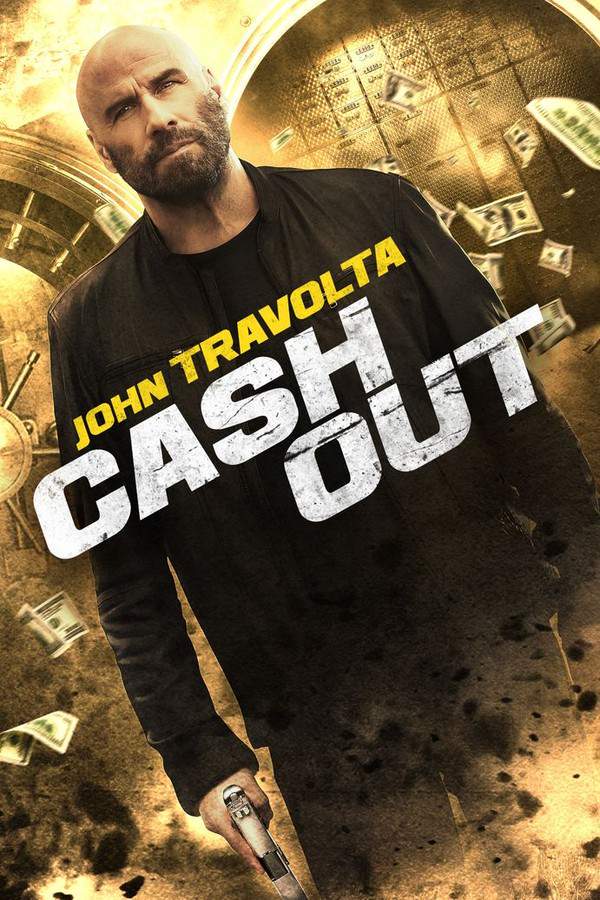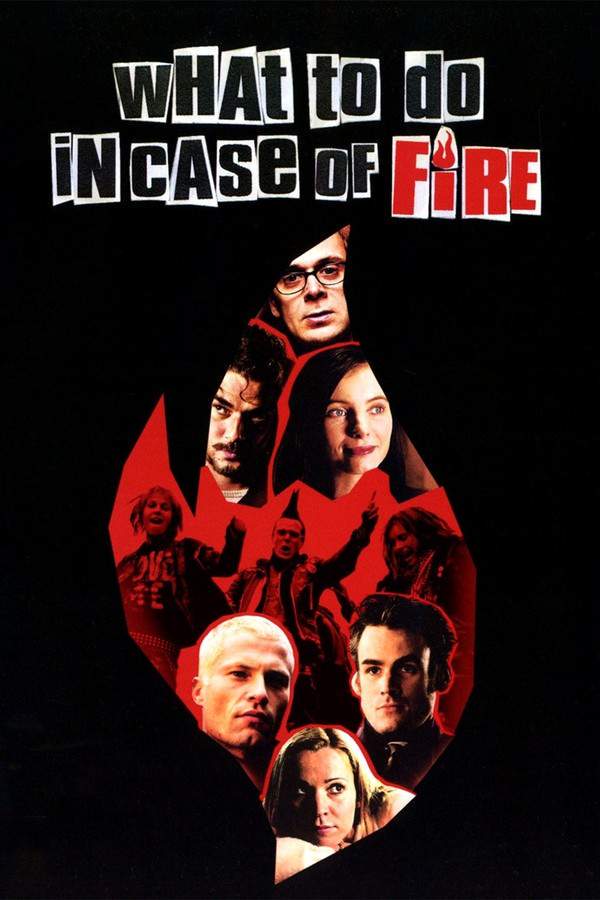
What to Do in Case of Fire
Year: 2002
Runtime: 101 min
Language: German
Director: Gregor Schnitzler
A group of former radicals in Berlin are brought back together for a risky mission: stealing damaging video evidence from the authorities. As they attempt the heist, they grapple with their shared history, current personal challenges, and the repercussions of their past actions. The experience forces them to examine their revolutionary ideals and consider whether to embrace a renewed sense of purpose or move forward with their lives.
Warning: spoilers below!
Haven’t seen What to Do in Case of Fire yet? This summary contains major spoilers. Bookmark the page, watch the movie, and come back for the full breakdown. If you're ready, scroll on and relive the story!
What to Do in Case of Fire (2002) – Full Plot Summary & Ending Explained
Read the complete plot breakdown of What to Do in Case of Fire (2002), including all key story events, major twists, and the ending explained in detail. Discover what really happened—and what it all means.
In 1987, a group of passionate rebels united by a relentless quest for transformation gathered in Berlin’s Kreuzberg district. Within the dilapidated walls of an abandoned building, they crafted plans to challenge the established order through provocative propaganda films. One particular production demonstrated how to create a homemade bomb using easily accessible materials—an act that would resonate through time. This device was concealed in a vacant villa in Grunewald but, due to a timer malfunction, the explosive remained inactive for 12 long years.
Fast forward to the present day, and two of the original insurgents, Tim and Hotte, are still engaged in a low-grade guerrilla campaign against the authorities. Their methods involve a mix of anti-police graffiti, protests against gentrification, and minor thefts. However, their antics come under scrutiny when a real estate broker and potential buyer accidentally unearth the long-dormant bomb, triggering it with their careless interactions. The resulting explosion injures them both, prompting a police manhunt for the so-called “terrorists.”
As they navigate a tangled landscape of alliances and rivalries from their past, Tim and Hotte reconnect with old comrades. Among them is Nele, a dedicated single mother; Terror, a principled lawyer; Maik, a creative director exploiting radical imagery for commercial advertising; and Flo, Tim’s ex-lover, who has seemingly abandoned her rebellious ways for a life of tranquility. By sharing their distressing circumstances, each is forced to reckon with the ramifications of their youthful choices.
Facing potential arrest and a smear campaign, the remaining radicals devise a bold strategy to infiltrate police headquarters, posing as a television news crew. This risky venture holds the promise of reclaiming their lost footage, clearing their names, and rewriting the controversial story of their past. Yet, the stakes are incredibly high, with uncertainty surrounding the outcome.
Tensions rise between Manowsky]( /actor/klaus-lwitsch), a stubborn Berlin officer, and Henkel, a forward-thinking Bonn technocrat focused on public relations. This clash creates an ideal setting for the rebels’ scheme. As Henkel guides the “TV crew” through the precinct, showing them the evidence room containing damning material, Manowsky’s traditional methods put their operation in jeopardy. In a tense moment, the radicals narrowly evade detection during this spontaneous tour.
In a desperate attempt to eliminate incriminating evidence, the group hatches a plot to smuggle a second homemade bomb into the evidence room, disguised as a Trojan horse—a suspicious crate from their old building. They strategically position the device, confident it will be stored alphabetically by location. However, unbeknownst to the others, Hotte will hide inside the crate, ensuring its proper placement.
Complications arise when Hotte, without his wheelchair and forced to use a dolly, becomes trapped in the evidence room after the emergency exit door jams. In a frantic effort to communicate, he attempts to contact his fellow rebels, but everyone seems preoccupied or unreachable. Left with no other choice, Hotte calls Bülent, who is simultaneously trying to convince Tim to abandon their apartment in exchange for a payout for their remaining possessions. Spurred into action, Tim rushes to support Hotte.
Finally, the others receive Hotte’s urgent call and converge on the evidence room for a rescue. However, Manowsky intercepts them just as they believe they can escape. He lectures them condescendingly about their stubborn attachment to outdated ideals, preparing to arrest them. Yet, the timely arrival of the other radicals offers a crucial distraction, allowing them to evade capture.
As events intensify, Tim seizes the moment, securing Manowsky to the evidence cage with his own handcuffs. He threatens to leave the bomb in the officer’s lap but is persuaded by his comrades to refrain from murder. In a dramatic finale, Tim tosses the handcuff keys back to Manowsky, effectively leaving him restrained as alarms blare and the rebels make their daring getaway.
As they flee, an unexpected ally appears in the form of a water cannon, which they utilize to evade the police. Henkel watches, doubtful about the outcome, while Manowsky grapples with a newfound empathy for his former counterparts, reflecting on his old values and the dilemma presented by Henkel’s skepticism. Driven by these wrestling emotions, he makes a pivotal choice: to leave the incriminating bomb in the evidence room, obliterating any evidence against the rebels.
In their escape through the streets of Berlin, the group finds themselves aboard an S-Bahn train, where Tim holds a crucial film to the flame of his lighter. In a moment of deep reflection, he queries, “What do you do if there’s a fire?” to which his companions, in unison, reply, “Let it burn!” This moment echoes their readiness to take daring risks and challenge societal norms.
Viewers can expect a cinematic experience rich in nuanced moments, including instances of mild nudity, drug use, and mature language that add layers to the characters’ journeys and struggles.
Last Updated: November 19, 2024 at 18:10
Explore Movie Threads
Discover curated groups of movies connected by mood, themes, and story style. Browse collections built around emotion, atmosphere, and narrative focus to easily find films that match what you feel like watching right now.
Movies about reuniting radicals like in What to Do in Case of Fire
A group of former activists reunites for one last high-stakes mission.For viewers who enjoyed What to Do in Case of Fire, this section features movies about former activists and radicals reuniting for a final, high-stakes mission. These films often blend heist or thriller elements with the emotional weight of confronting one's past and the complicated dynamics of a found family tested by time.
Narrative Summary
The narrative pattern involves a disruptive event pulling a disbanded group back into action, forcing them to reconcile their past ideals with their present circumstances. The plot often centers on a physical mission that serves as a metaphor for resolving their ideological and personal conflicts.
Why These Movies?
Movies in this group share a focus on collective character arcs, the tension between nostalgia and current reality, and a compelling mix of high-stakes action with introspective drama about the compromises of adulthood.
Heist movies with emotional depth like What to Do in Case of Fire
A tense, high-stakes heist driven by personal history and redemption.If you liked the blend of a tense, fast-paced heist and the emotional weight of personal history in What to Do in Case of Fire, explore these similar movies. They feature high-stakes missions driven by character motivations, where the success of the plan is intertwined with the characters' search for redemption or closure.
Narrative Summary
The heist plot serves as the engine for exploring complex character relationships and unresolved personal history. The suspense comes not just from the risk of failure, but from the emotional consequences for the characters involved, often leading to a morally complex or bittersweet resolution.
Why These Movies?
These films are grouped by their unique combination of a tightly-plotted, suspenseful heist narrative with a significant focus on character development, moral ambiguity, and the emotional reasons behind the mission.
Unlock the Full Story of What to Do in Case of Fire
Don't stop at just watching — explore What to Do in Case of Fire in full detail. From the complete plot summary and scene-by-scene timeline to character breakdowns, thematic analysis, and a deep dive into the ending — every page helps you truly understand what What to Do in Case of Fire is all about. Plus, discover what's next after the movie.
What to Do in Case of Fire Timeline
Track the full timeline of What to Do in Case of Fire with every major event arranged chronologically. Perfect for decoding non-linear storytelling, flashbacks, or parallel narratives with a clear scene-by-scene breakdown.

Characters, Settings & Themes in What to Do in Case of Fire
Discover the characters, locations, and core themes that shape What to Do in Case of Fire. Get insights into symbolic elements, setting significance, and deeper narrative meaning — ideal for thematic analysis and movie breakdowns.

What to Do in Case of Fire Spoiler-Free Summary
Get a quick, spoiler-free overview of What to Do in Case of Fire that covers the main plot points and key details without revealing any major twists or spoilers. Perfect for those who want to know what to expect before diving in.

More About What to Do in Case of Fire
Visit What's After the Movie to explore more about What to Do in Case of Fire: box office results, cast and crew info, production details, post-credit scenes, and external links — all in one place for movie fans and researchers.


